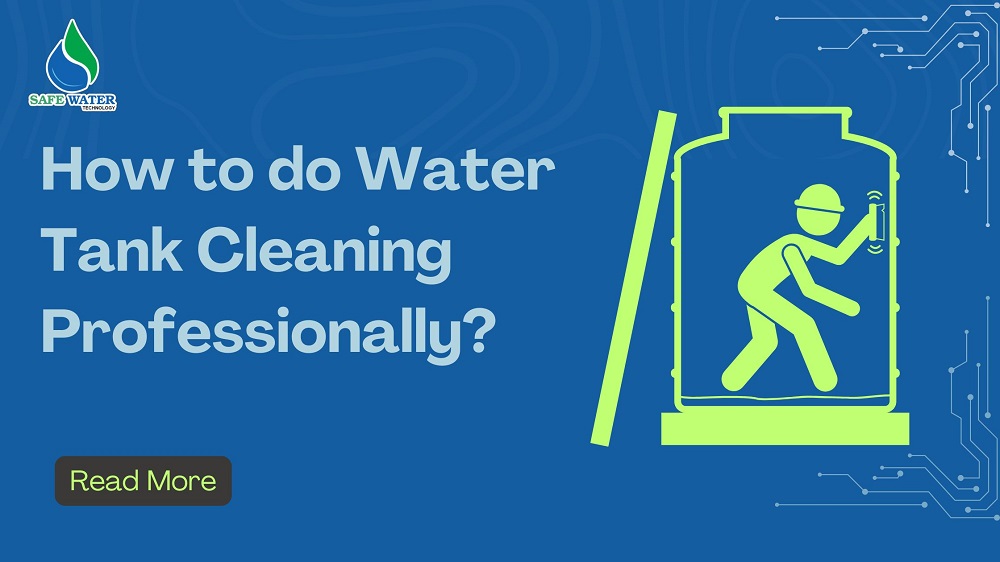Water tank cleaning is crucial for maintaining clean and safe water supply. Whether it’s for residential, commercial, or industrial use, a properly cleaned water tank ensures the health and well-being of its users. In this guide, we’ll delve into the steps involved in professionally cleaning a water tank, along with addressing some frequently asked questions.
Step 1: Assessment and Preparation
Before starting the cleaning process, assess the condition of the tank and its surroundings. Ensure proper safety measures are in place, such as wearing protective gear and having adequate ventilation. Empty the tank completely and disconnect any electrical connections if applicable.
Step 2: Drainage
Start by draining the water from the tank using a pump or gravity flow. Dispose of the water properly, following local regulations. Thoroughly flush out any remaining sediment or debris from the tank.
Step 3: Scrubbing and Disinfection
With the tank empty, scrub the interior surfaces using a suitable brush or scrubber. Use a mixture of water and detergent to remove dirt, algae, and other contaminants. Rinse the tank thoroughly to remove any residue.
Next, disinfect the tank to kill harmful bacteria and pathogens. Chlorine-based disinfectants are commonly used for this purpose. Follow the manufacturer’s instructions for dilution and contact time to ensure effective disinfection.
Step 4: Rinse and Final Inspection
After disinfection, rinse the tank thoroughly with clean water to remove any remaining disinfectant residues. Inspect the tank for any signs of damage or corrosion. Repair or replace any faulty components as needed.
Step 5: Refilling
Once the water tank cleaning is done and dry, refill it with fresh water from a clean source. Monitor the water quality regularly to ensure it meets safety standards.
Commonly Asked Questions (FAQ)
Q: How often should water tanks be cleaned?
A: Water tanks should be cleaned at least once a year to prevent the buildup of sediment, algae, and bacteria. However, the frequency may vary depending on factors such as usage, water quality, and tank size.
Q: Can I clean the water tank myself?
A: While it’s possible to clean a water tank yourself, it’s recommended to hire professionals for thorough and effective cleaning, especially for larger tanks or in industrial settings. Professional cleaners have the necessary equipment, expertise, and safety protocols to ensure proper cleaning and disinfection.
Q: What are the signs that my water tank needs cleaning?
A: Some signs that indicate a water tank cleaning needs include foul odors or tastes in the water, visible sediment or debris, and decreased water pressure or flow rate.
Q: Is it necessary to disinfect the water tank?
A: Yes, disinfection is essential to kill harmful bacteria, viruses, and other pathogens that may be present in the water tank. Proper disinfection helps ensure the safety and purity of the water supply.
Conclusion:
Maintaining water tank cleaning is essential for ensuring access to safe and healthy water. By following the steps outlined in this guide and seeking professional help when needed, you can ensure that your water tank remains clean and functional. Regular cleaning and maintenance not only protect your health but also prolong the lifespan of your water storage system. Remember to adhere to local regulations and safety guidelines throughout the cleaning process.
Do you have any further questions? Get in touch for FREE inspection.
Drink pure and safe water and stay Healthy!
